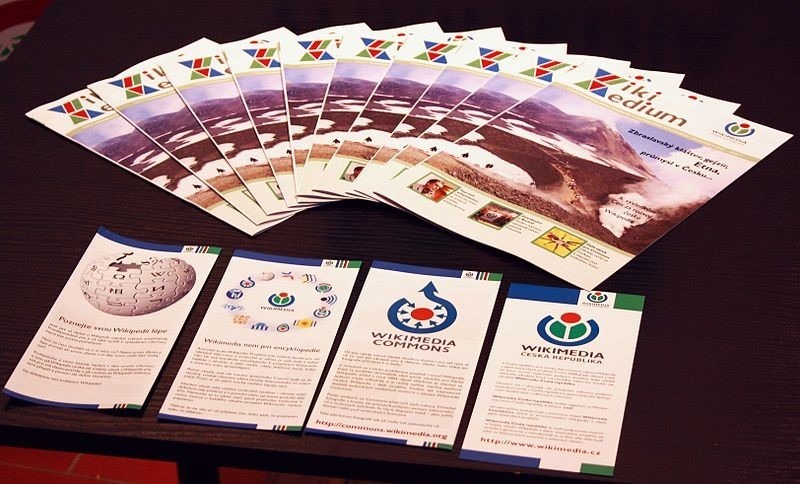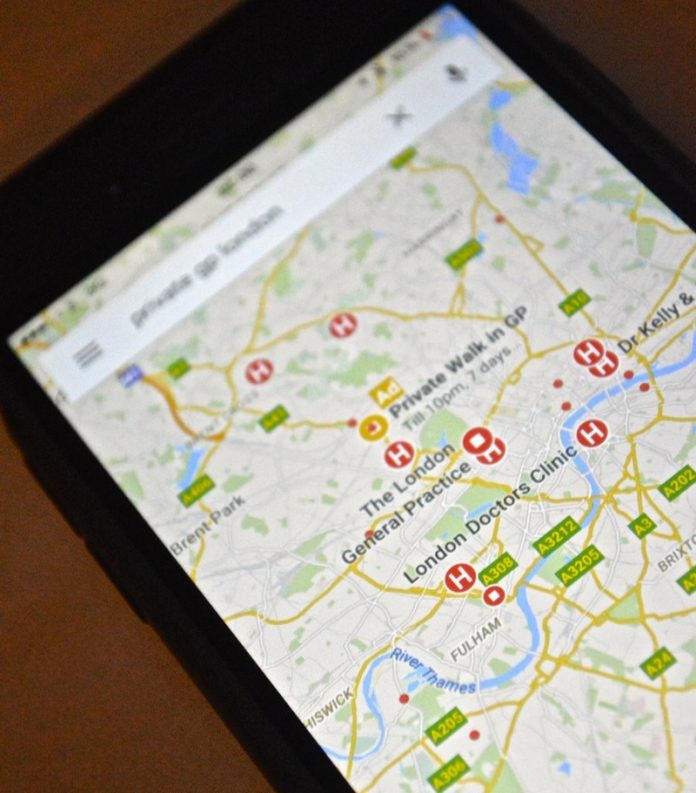When it comes to marketing, businesses think they have all the bases covered. From SEO to PPC and email blasts, you are ahead of the curve, right? Well, the truth is that the firm might not be as forward-thinking as first thought. There is a variety of tools on the market for companies to choose from. As a result, it isn’t a simple task to keep up to date with the latest releases and new trends. Useful tools and weapons go under the radar and businesses don’t even know some are in existence.
From the firm’s viewpoint, this is a potentially dangerous scenario. To stand out from the crowd, the marketing section of the company needs to be on point. It won’t be if it doesn’t have a jump on the latest equipment and software. With that in mind, this post is going to try and fill in the gaps.
The following is the marketing methods you didn’t know the business needed.
Local Search
To the majority of people, Google Maps and Yahoo Local are services which prevent them from getting lost. Although they are useful compasses, they are also a marketing dream. Businesses don’t know it, but local searches are taking over the industry. Seen as there are millions of mobile searches every day, it’s a savvy move to get a piece of the action. This applies in particular when 80% of local searches end up in a purchase. By being visible on Maps and Local, it is easier for customers to find your location. As long as the SEO strategy is on point, the business should pop up on the map listings. Because they use listings as a legitimate shopping tool, the awareness should go through the roof.
Social Media
Of course, everyone knows the importance of Twitter and Facebook. In fact, they are that essential that there are seminars on how to use them effectively. However, the term refers to more than two platforms. Businesses tend to forget this and concentrate on the heavy hitters, yet it’s a bad move. For starters, a platform such as Instagram is fast becoming the biggest of them all. By posting photos and engaging in the comments section, it is possible to connect with more customers. Tumblr and Flickr also have the same effect. LinkedIn is an account which needs taking seriously, too. Customers are essential, but clients are too. Building connections on LinkedIn is an excellent way to generate business leads.
A Case Study
Isn’t this something science nerds do before they release a paper? Yes, but it’s also an effective form of marketing. The reasons are two-fold. To begin with, it allows you to understand the customer’s thoughts and feelings better. With the results the study generates, the team can tweak any consistent issues for the consumer’s benefit. Secondly, it is an excellent way to introduce the product to the market. By doing three of four case studies, you can launch a product or service to a new base. Even if they don’t like it, they will remember it when the item hits the shelves. As a result, their familiarity might encourage them to make a purchase. It’s science.
Vlogging
When people like PewDiePie are in the news, the effect of vlogging should hit home. Okay, he works with YouTube and your digital presence isn’t going to focus on one platform. Still, the essence of what he and others have created applies across the board. Quite simply, video content is the king of content in 2017. With social media accounts such as YouTube, it’s easier to develop a buzz and go viral. After all, there are billions of hits on a daily basis. For the statisticians, that accounts to trillions of hits every year. Also, keep in mind that a vlog is an interactive and engaging form of communication. In 2017, consumers what content which spills off the screen and makes them laugh. Creativity is the way forward, and vlogs are incredibly artistic.
Printing
Most businesses are cutting down on printing to save money and the planet. Let’s start by saying that is a commendable stance to take. Every company should do more for the environment. However, you don’t have to throw away the Canon ink cartridges and toner altogether. The key is to cut down; not to stop one-hundred percent. The reason is that offline techniques still have a significant part to play. A leaflet, for example, is an eye-catching piece of material which is easy to distribute. A business card, on the other hand, is the preferred method of “old school” entrepreneurs. With a printer, paper and ink, the firm can reach out to people who aren’t down with the technological revolution. Just because everyone seems to be online nowadays doesn’t mean it’s true.

B2B Partnerships
The idea of going into business with a rival is something the handbook forbids. The thing is that nothing is a bad move. It depends on the context, and there is a scenario in which two competitors can work together. As long as the information you disclose doesn’t put the business in jeopardy, everything is gravy. In fact, it’s better than that as you get to strengthen an area of the company that is weak. By pooling the two resources, there is more to gain for both businesses. For example, there is a larger and varied customer base to target. And, there are creative people whose minds you can pick. Be careful not to trust them one-hundred percent. They are rivals, after all. But, don’t be afraid to go into business together if everything appears above board.
Publicity
Lastly, nothing is more useful than column inches. Regardless of a dying industry, people still read papers. Once they see the firm doing something good, they will make a positive judgement. The next time they get a chance to make a purchase, they won’t think twice. The trick is to write excellent press releases and circulate them to the right publications.
See, there are bases which you have yet to cover.

















